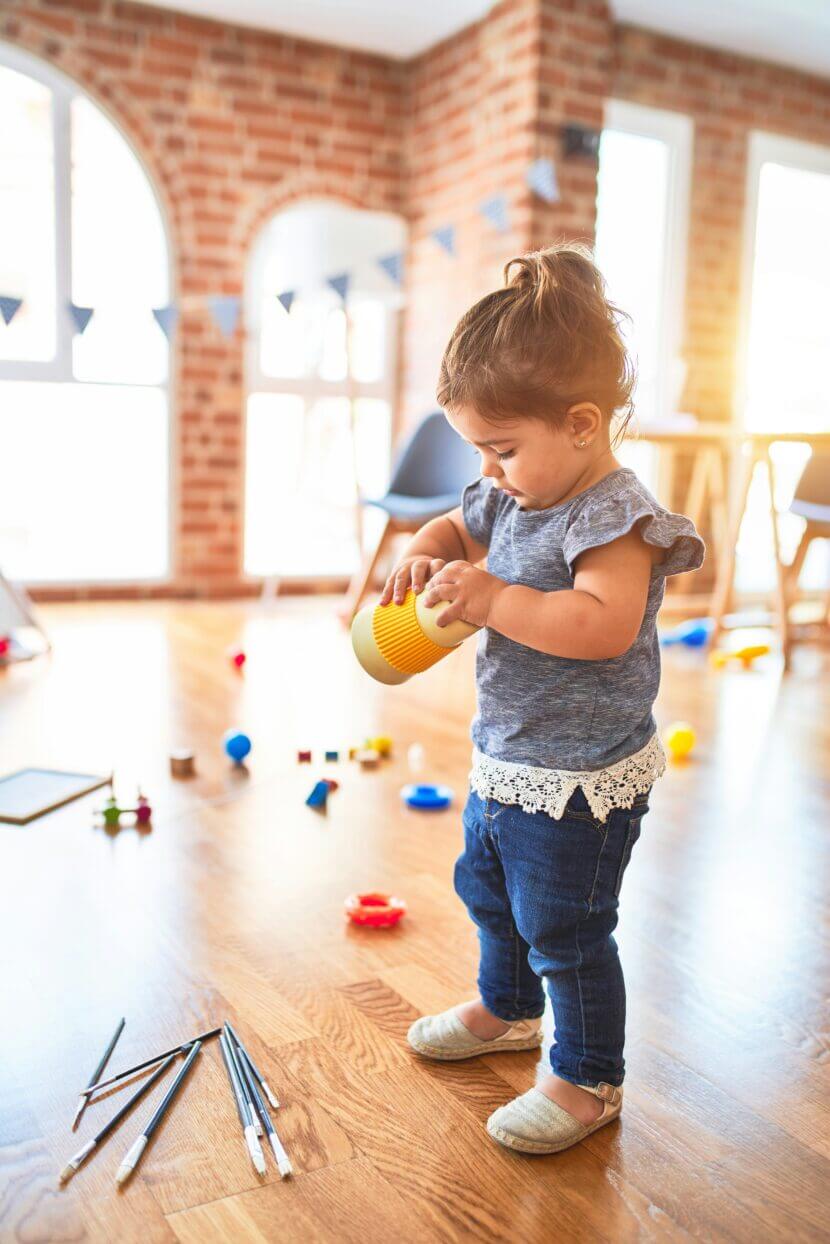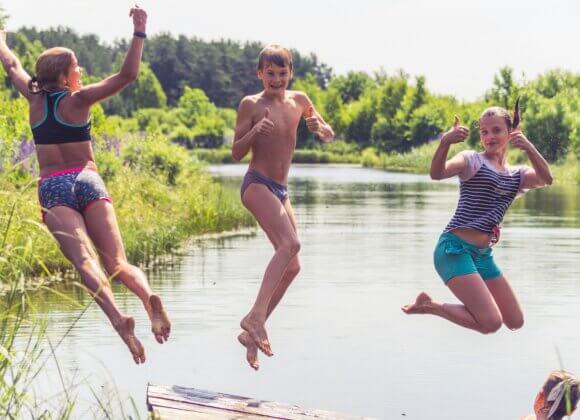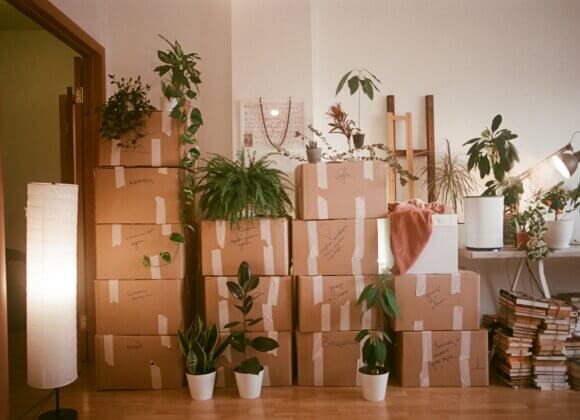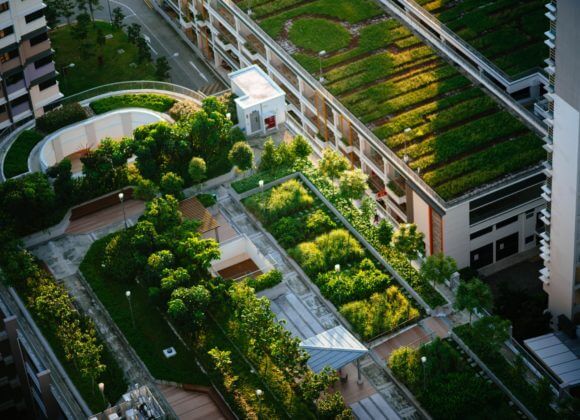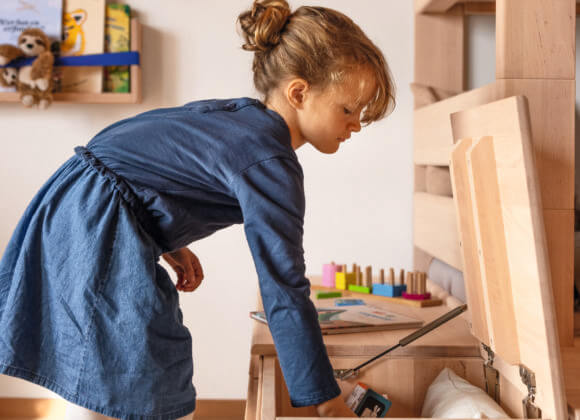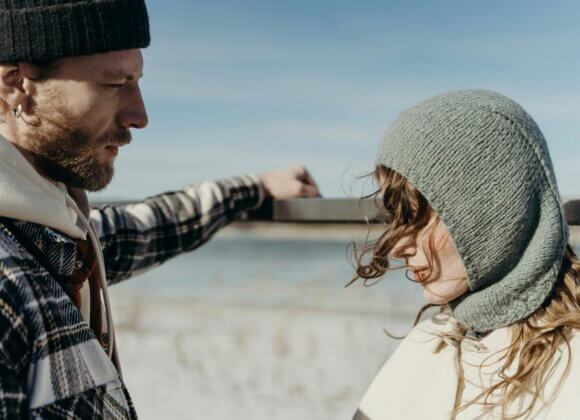From safety gates to safe sleeping environments – find out from child safety expert and doctor Holger Till how you can make your home childproof without curbing your children’s desire to explore.
Making your home childproof
The moment your baby starts to crawl marks an important milestone in his life and in yours. And this raises the question: how safe is our home? Holger Till, President of the “Große schützen Kleine” association and Director of the University Clinic for Pediatric and Adolescent Surgery in Graz, advises ensuring a safe environment even before the baby is born and eliminating potential sources of danger at an early stage. “From the very first day of life, babies can fall off the changing table or slip under thick blankets while sleeping and get into dangerous situations,” he emphasizes. “Babies and toddlers go through an incredible amount of psychomotor development. They can often do things from one day to the next that seemed impossible to their parents yesterday.” And it is precisely at these moments and developmental phases that most accidents happen: “For example, the little ones use the couch as a climbing aid to get to the window. Or they pull on the table runner to get to the plate of cookies – and the hot teapot falls down at the same time.”
What are the most common sources of danger at home?
The kitchen is a particularly dangerous area in the home. The stove and hot liquids in particular pose a major accident risk. Till recommends: “A protective grid should always be used here. Excess hot water, such as in a kettle, should always be emptied away immediately.” Dangerous items such as chemicals, batteries, sharp knives and lighters should always be stored in a childproof place – preferably high up or in locked drawers and boxes.
Serious injuries to babies and toddlers are also frequently caused by falls from a height – from a window, changing table, stairs or bed. “It’s relatively easy to prevent children from falling out of windows by installing lockable window handles and never letting children out of your sight when airing the room,” says the expert. Important: Insect screens or cat nets offer no protection!
Eliminate tripping hazards for children
“You should always have one hand on the baby when changing nappies – from the very first day of life. There are appropriate safety rails for stairs and beds.” Falls in general are part of the process, especially when learning to walk. The main aim here is to remove tripping hazards and use anti-slip measures such as mats for bathtubs or socks with nubs.
According to Till, it is also very important to securely fasten boxes and chests of drawers to the wall, secure sockets and keep anything smaller than a table tennis ball out of the reach of small children under the age of three. And: “Keep a close eye on the child and always be one step ahead of the child’s next developmental leap when it comes to accident prevention.”
What do parents often forget when it comes to the safety of their children?
Parents often underestimate the rapid development of children. The potential dangers change with them. “The changing table and the crib are soon no longer an issue, but other dangers in the household, such as the stove and the pool in the garden, for example, are added in the age of discovery.”
How do I make pools, biotopes etc. childproof?
If the child has access to outdoor water areas at home, special care should be taken. Infants can drown in less than ten centimeters of water. In addition, drowning happens silently and within three to five minutes. The expert’s appeal is therefore very clear: “Never let children out of your sight in and around the water and, if there are several adults on site, make sure you agree who will be supervising them. Pools, biotopes and similar water areas are best secured with a fence at least 1.5 meters high and a self-closing door. Lockable sliding gates are also a good solution for pools. Please never leave paddling pools filled without a cover and also remember to secure water barrels.”
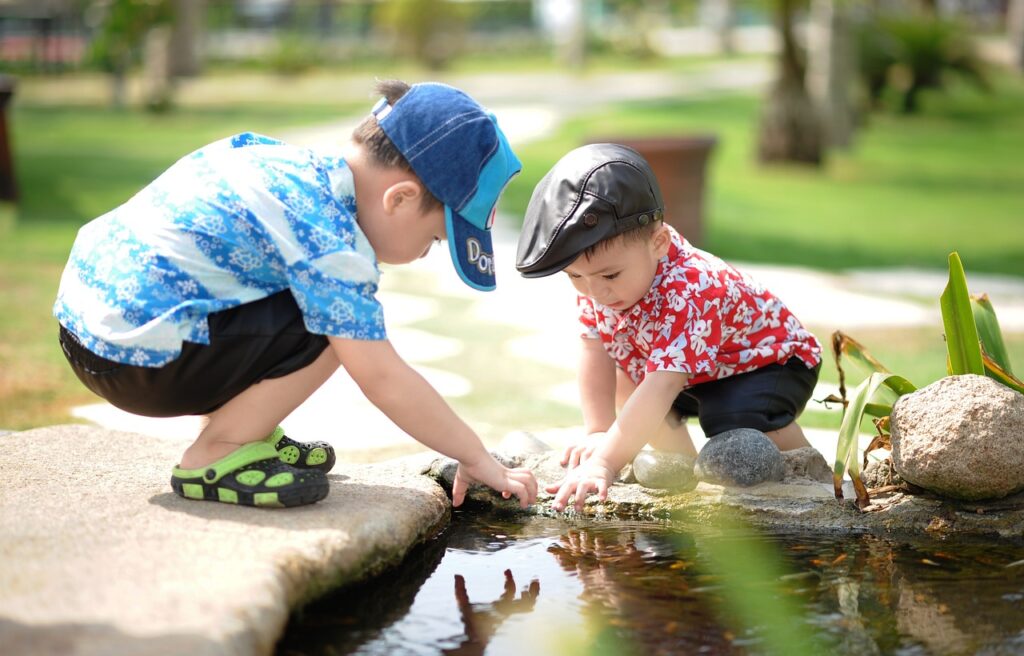
Can all dangers be avoided?
No, is the expert’s answer: “That wouldn’t make sense either. It is important that children are introduced to the correct way to deal with sources of danger in line with their age and stage of development.” As a parent and supervisor, he explains, it’s about developing what is known as “risk competence”, i.e. finding the balance between “overprotection” and “gross negligence”. “Children must be very well protected from some sources of danger, there is no compromise here. These include drowning, burns and scalding with hot liquids and falling through windows. Other accident risks, such as a fall on a flat surface, which sometimes results in a knocked knee or a bruise, must be accepted with moderation and purpose – “for the sake of the child’s healthy development and your own nerves.”
About the association:
“Big ones protect little ones”, the Austrian Committee for Accident Prevention and Health Promotion in Childhood and Adolescence, is a non-profit organization that works closely with Austrian paediatric surgery clinics and children’s hospitals. In addition to surveying typical accident situations involving children and young people, the work of “Große schützen Kleine” primarily includes measures to improve risk awareness through presentations, publications and media work, as well as the development and implementation of practical child accident prevention projects with many partners.
Related posts:


